In our games room above our LARP shop, we stock and host Warhammer 40,000 alongside many other table-top wargames and...
No products
Prices are tax included
Categories
- Armour
-
LARP Weapons
- LARP Swords - Two Handed
- LARP Axes
- LARP Spear/Staff
- LARP Daggers
- LARP Maces & Hammers
- Coreless Foam Throwing
- Foam Head Safety Arrows
- Bows
- LARP Modern & Sci-fi Weapons
- LARP Swords - HUGE!
- DIY LARP Weapons
- Toy Cap Guns
- LARP Swords - Single Handed
- Weapon Maintenance & Repair
- Light Armouries
- Epic Armoury Hybrids
- Shields
- LARP Claws
- Costume
- Makeup
- Accessories
-
Games
- Miniatures
-
Warhammer 40,000
- Necron
- Genestealer Cults
- Tyranids
- Tau Empire
- Orks
- Space Marines
- Astra Militarum
- Adeptus Mechanicus
- Imperial Knights
- Armies of Chaos
- Aeldari
- Drukhari
- Adepta Sororitas
- Astra Telepathica
- Adeptus Custodes
- Officio Assassinorum
- Warhammer 40,000 Essentials
- Warhammer 40,000 Books
- White Dwarf
- Leagues of Votann
- Warhammer Age of Sigmar
- Reaper Miniatures
- Dungeons & Dragons
- Card Games
- Wargames
- RPGs
- Modelling
- Dice
- Call of Cthulhu RPG
- Board Games
- Themes
New products
-

Arun Ranger Tunic - Green
Step into the realm of myth and legend with our Arais Ranger Tunic -...
£ 39.99 -

Torin Aluminum Riveted Chain
The Torin Aluminum Riveted Chain is a light-weight chain armour, ideal...
£ 345.99 -

Arais Ranger Tunic - Green
Step into the realm of myth and legend with our Arais Ranger Tunic -...
£ 39.99 -

-

Captain Belt Shields - Dark Metal
The Captain Belt Shields provide proud, sovereign protection and are...
£ 44.99 -

Captain Belt Shields - Steel
The Captain Belt Shields provide proud, sovereign protection and are...
£ 39.99 -

Porthos Sword - 43in - LARP
The 'Porthos Sword - 43in - LARP' is a high-quality latex blade handmade...
£ 89.99 -

Fimbul Tunic - Epic Black
Epic Armoury’s Woodland Tunic is inspired by designs from the Viking Age...
£ 70.99
What is LARP or LRP?
If you haven’t been LARPing, it can be very difficult to understand how and why such a hobby works. Describing live action role play in an exciting and understandable way is no easier! However, LARP, or LRP as many people prefer to call it, is an incredibly immersive and diverse hobby that unites thousands of people from across the world.
In this article, I’m going to try and break LARP down into its key components to give a clearer picture of fundamentals that make these events work. There are many types of game and everyone’s experience is unique. One thing is certain though, the best way to really understand the hype is by giving it a go.
WHAT?
At its core, live action role play is a form of acting. You embody the persona of a character and engage with scenarios from the fictional world you’re playing in. Most LARPs involve inventing the character yourself and then formalising the key features of this individual in a set of abilities or statistics, which are usually outlined in the games rules.
The most stereotypical image of LARP also involves getting dressed up in a costume that befits your character and their surrounding world. However, many LARP systems explore games that are not so different from reality.
With your character's personality, costume and the basic attributes formalised, you can then interact with other people and scenarios, improvising your responses around the problems you face.
Here are some examples:
You’re playing the part of an outdoor enthusiasts, when you and your team of hikers are ambushed by zombies whilst traversing across the moors! All you have is your walking clothes, a packed lunch and a first aid kit. What do you do?
OR
Your dark coloured jerkin and long cloak allowed you to slip into the building unnoticed. You look around and spot a wooden chest hidden inside an alcove. The box appears to be locked, but you hear the voices getting louder from the corridor. It sounds like a couple of guards doing their rounds. Your character card notes your proficient with lock picking and disabling traps, but the guards are approaching and there are no other exits from the room. You’ve got a couple of daggers in your boots. What do you do?
HOW?
How LARP functions is often the hardest part to understand without witnessing a game first hand. With everyone improvising a character they’ve invented, it can be difficult to believe these games don’t descend into total chaos. The truth is that LARP events rarely happen without a tremendous amount of organisation and hard work from the event runners.
In most cases, LARP starts with someone, or a group of people, developing a LARP system. Effectively, these creators will decide on the world or setting they’d like to build. From there, they will formalise a set of rules or guidelines for their game. The event runners then set a date, find a location, get people signed up.
During the event, attendees can be broken into some key groups:
Event Organisers –
We’ve already covered a bunch of essential jobs that LARP organisers will have done to build a LARP. It’s important to remember that these hard-working individuals usually have to sort venues, tickets, props, catering, hygiene, health & safety and much more for their events as well. Nonetheless, when the game commences, the primary job of event organisers is giving the game form and structure.
Much like outlining a novel, the event organisers will decide on a story, plot, obstacles or some significant events for the characters in their world to interact with. They won’t know exactly how their players will respond or what will be done to overcome the set challenges, but the game runners might have a rough idea on how things are going to play out. Regardless of whether the player’s reaction is predictable or completely unexpected, it is then the event organisers job to respond with more key story points or facilitate the impact of the characters actions on their world.
Referees / Refs –
Refs are sometimes event organisers, monster-player characters MPCs, or just game martials - it really depends on the size of the game you’re attending. Like a sports game, the ref’s role can be defined as an official who watches a game to ensure that the rules are adhered to and arbitrate on matters arising from the play.
Refs typically help answer questions, solve rules disputes, oversee safety during combat and manage MPCs, ensuring that the scenarios planned by the event organisers happen for the players to see and interact with. Effectively, they transform the large plans for the structure of the game into smaller encounters, giving the NPCs or MPCs roles and chaperoning the players when needed.
Monster Player Characters (MPCs) / None Player Charterers (NPCs) –
Just like the contents of a video game, it is the NPCs which take the story board ideas of the event organisers and enact them in the LARP world. MPCs may or may not know what is planned to happen throughout the course of the game, but they will be given relevant information or instructions by event organisers or refs throughout the scenario.
NPCs take many forms. At large festival events, players will sometimes take turns doing slots of ‘monstering’ or being NPCs throughout the event. Other games will have a dedicated MPC crew. Some systems even provide free board and food for volunteer MPCs.
A MPC could be a rambling zombie one moment, a guide for adventurers trekking the wildness or an all-powerful arch mage in the next encounter. Effectively, the NPCs are prescribed characters or creatures to play. Most MPCs will play a bunch of different characters throughout an event, switching up their costume and sometimes makeup or masks to differentiate between roles easily. These characters will have been devised by the event runners to help present plot points, introduce interesting social encounters or attack the players.
Players –
This is usually the biggest group of attendees. Generally, players will have devised their own characters, put their own costume together and know very little of what is going to occur during the game.
Players may have been given some backstory, a scenario brief, attended other relevant games or know nothing of what to expect. Regardless, the challenges and obstacles that occur are usually unknown to the players, and the fun of a LARP game is how these players enact their characters, disabling traps, fighting against foes (MPCs), persuading merchants (NPCs) or just interacting as a group.
WHEN?
There are thousands of LARPs run throughout the year. Festival events usually involve camping. This means that the largescale outdoor games are typically hosted between April – September to take advantage of better weather. Indoor events continue all year round, though many horror games focus on running in winter months when the night time hours are longer.
Events can last anywhere between a few hours to entire weeks. This poses another important question about LARP – do you play all the time? The answer is no. Exceptions apply, but most LARP events have set times when the game is played or not. This is commonly known as ‘Time In’, when you are ‘In Character’, and ‘Time Out’, when you are ‘Out of Character’.
For example, festival events usually begin their game at a specified time on the Friday evening. This allows participants to set tents up and get dressed in costume before the games begins. ‘Time In’ is called by refs and the LARP then runs continuously, with the exception of a period over night when ‘Time Out’ is called for the event organisers to rest. This means doing mundane human tasks like eating, washing and sleeping during ‘Time In’ is done in designated ‘Out of Character’ areas.
Alternatively, shorter linear events may do a continuous 24-hour stint. This means you are playing your character for the entire time and can even get harassed by MPC monsters whilst you’re eating or in the night.
WHERE?
Everywhere! There are LARPs in virtually all areas of the UK and across the world. You’ll find LARPers hiding in forests, battling in meadows, banqueting in youth hostels and flying space ships in bunkers. There are some truly amazing LARP locations which easily transport you to the fantasy world and make getting stuck in very easy. However, this game is about imagination and sometimes the most realistic LARPs actually happen in a garage covered with plastic sheeting and filled with candles.
WHY?
The main reason to get involved is that LARP is fun. There are many elements which cater to a broad range of interests – creating stories, acting, fighting in battles, designing and dressing up in costume, fantasy worlds and much more. The experience is unique to each person and game; so, if in doubt, try a few different games to get a feel for what you enjoy most.
LARP can be extremely beneficial socially. Role playing a character is an excellent outlet to explore different values, approaches and communication skills. You can shed some of the constraints and vulnerabilities of life to inhabit the viewpoint of someone else. It’s an environment designed to face conflict, resolve problems and practice meeting new people without the pressures of real-life consequences.
Finally, LARP is also a great place to meet friends. When you go to an event, you’ll meet people from a wide range of places and backgrounds. Working as a team, problem solving, battling alongside one another and just chilling with all these new faces is a great way to form bonds quickly!
Leave a comment
Login to post comments





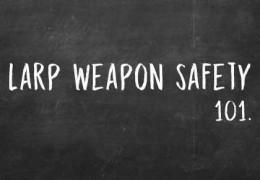

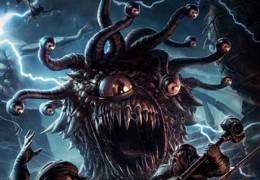



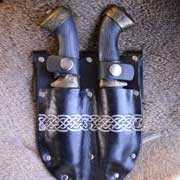
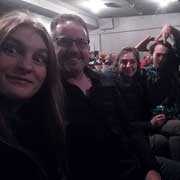
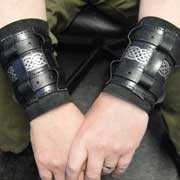

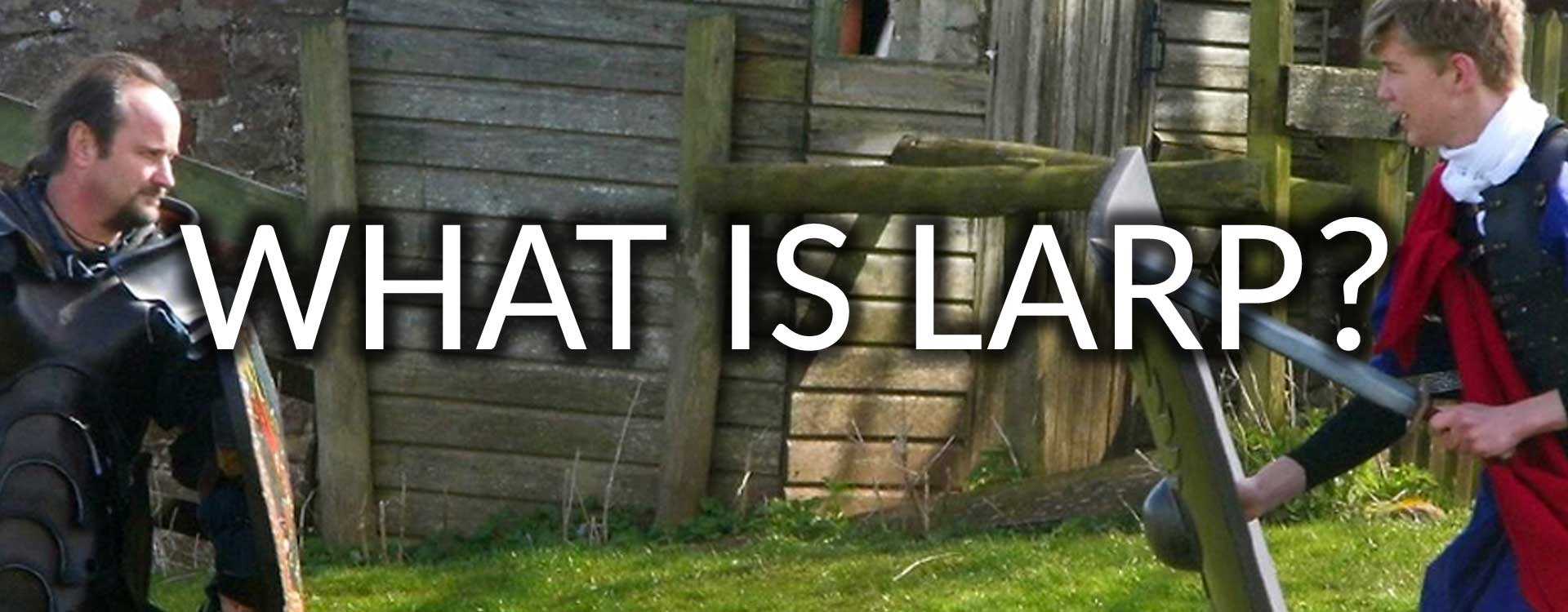
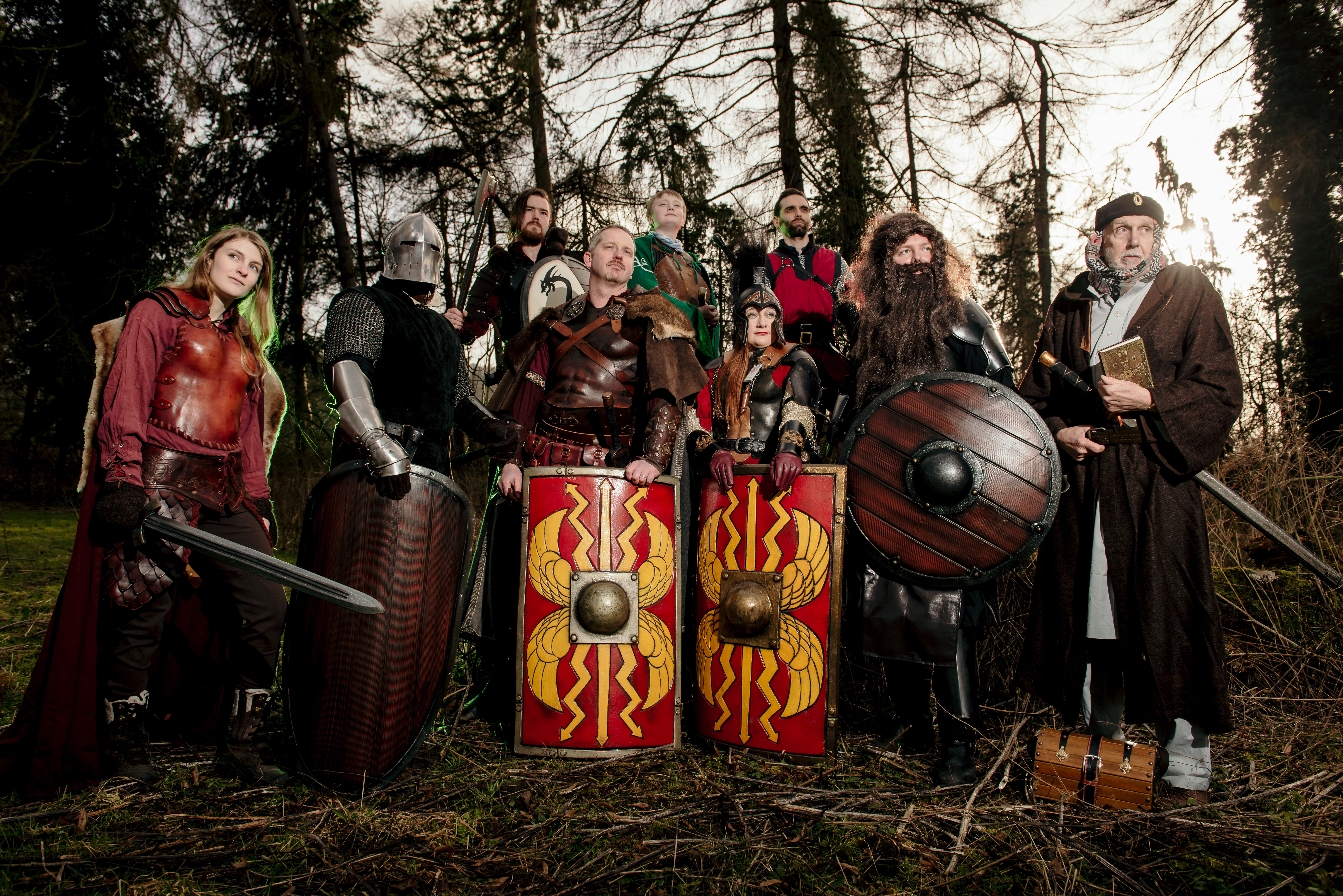

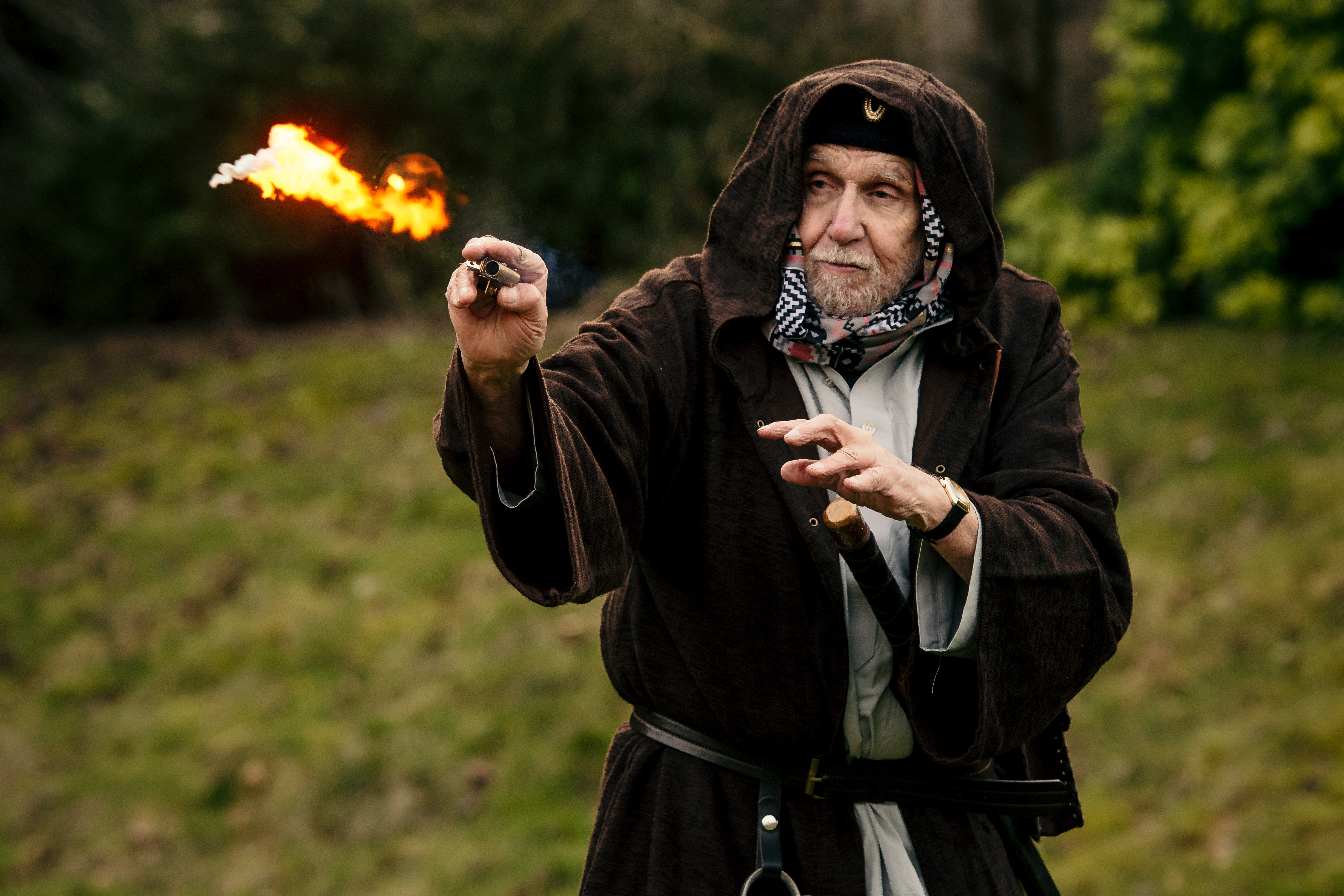
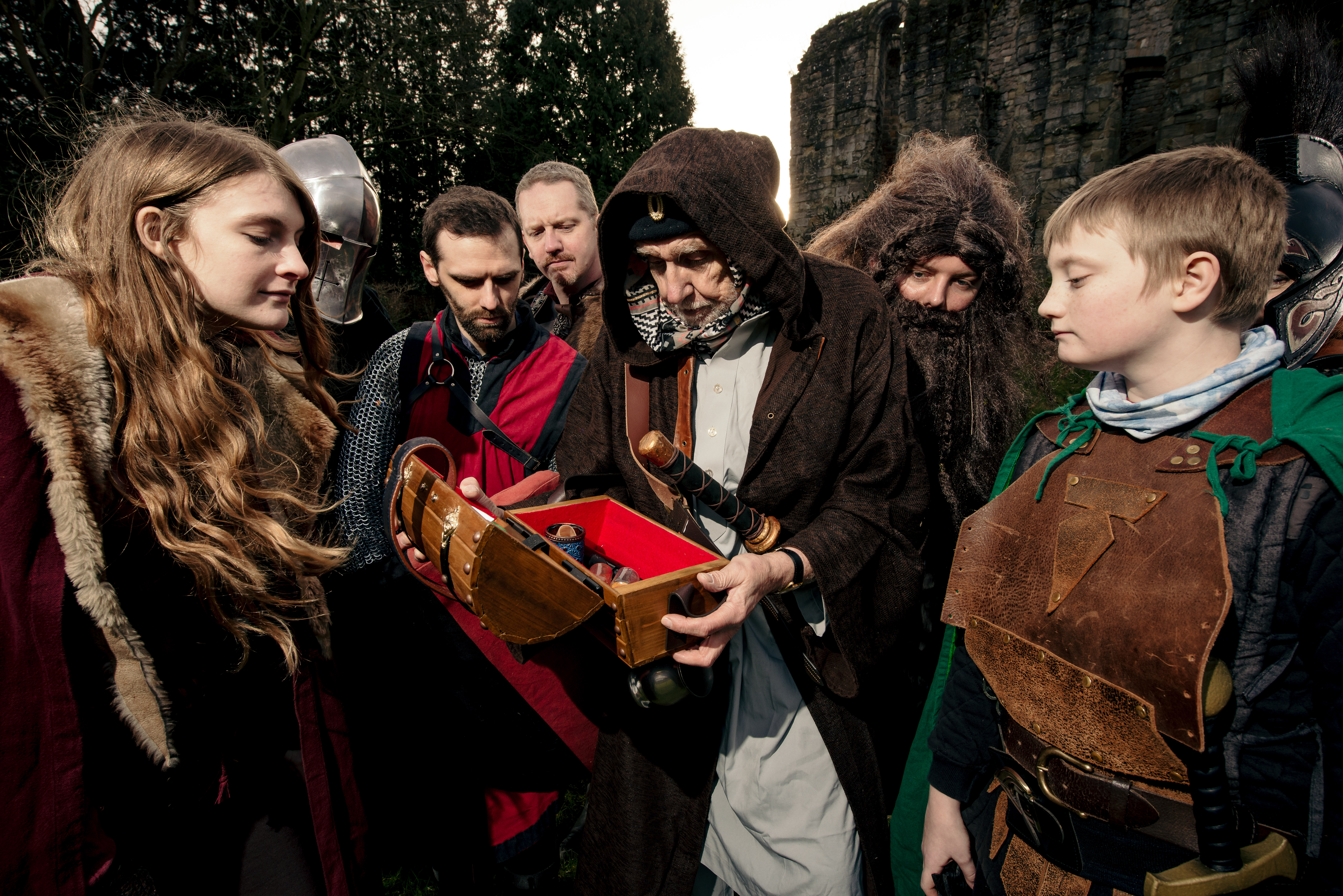
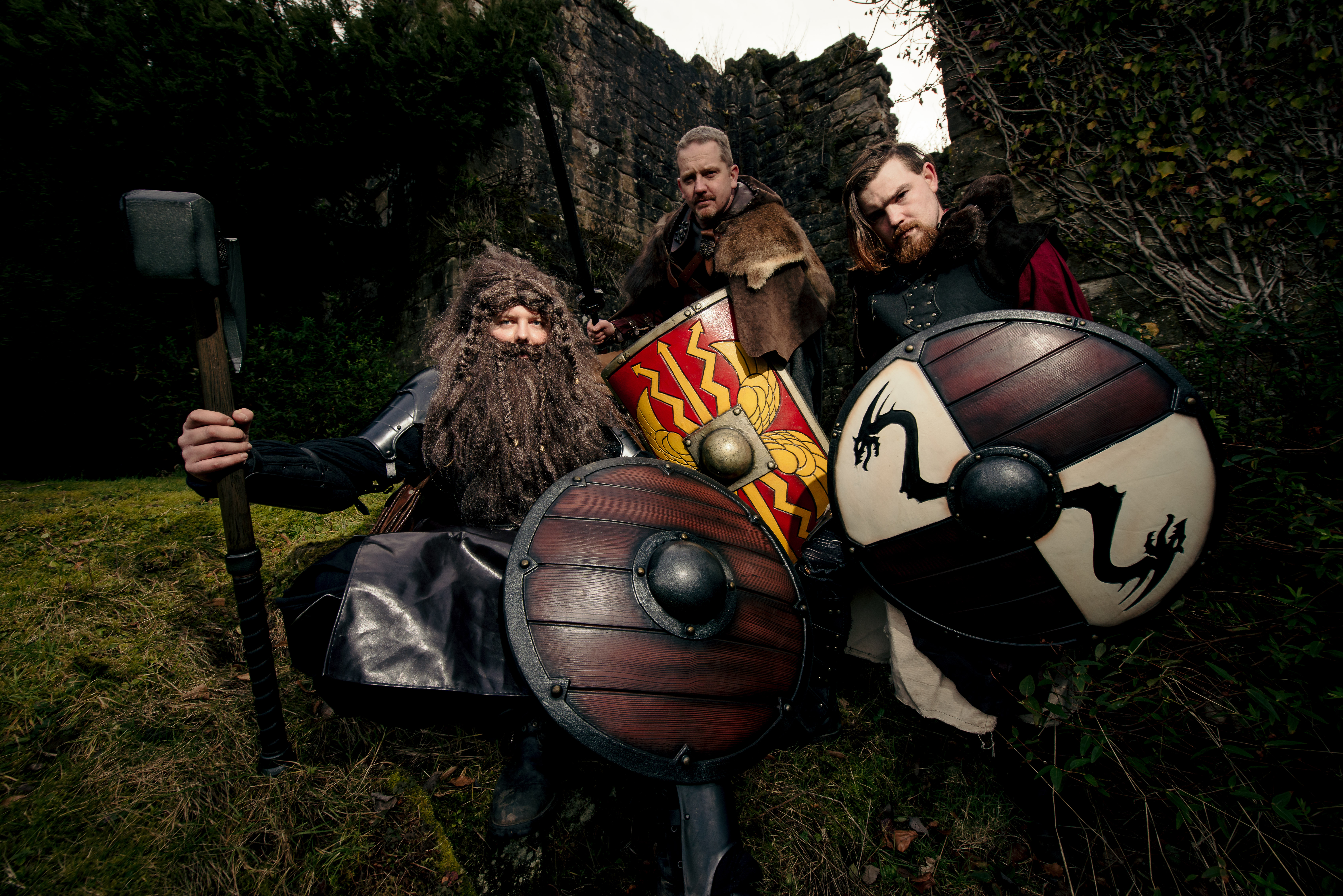

Top authors